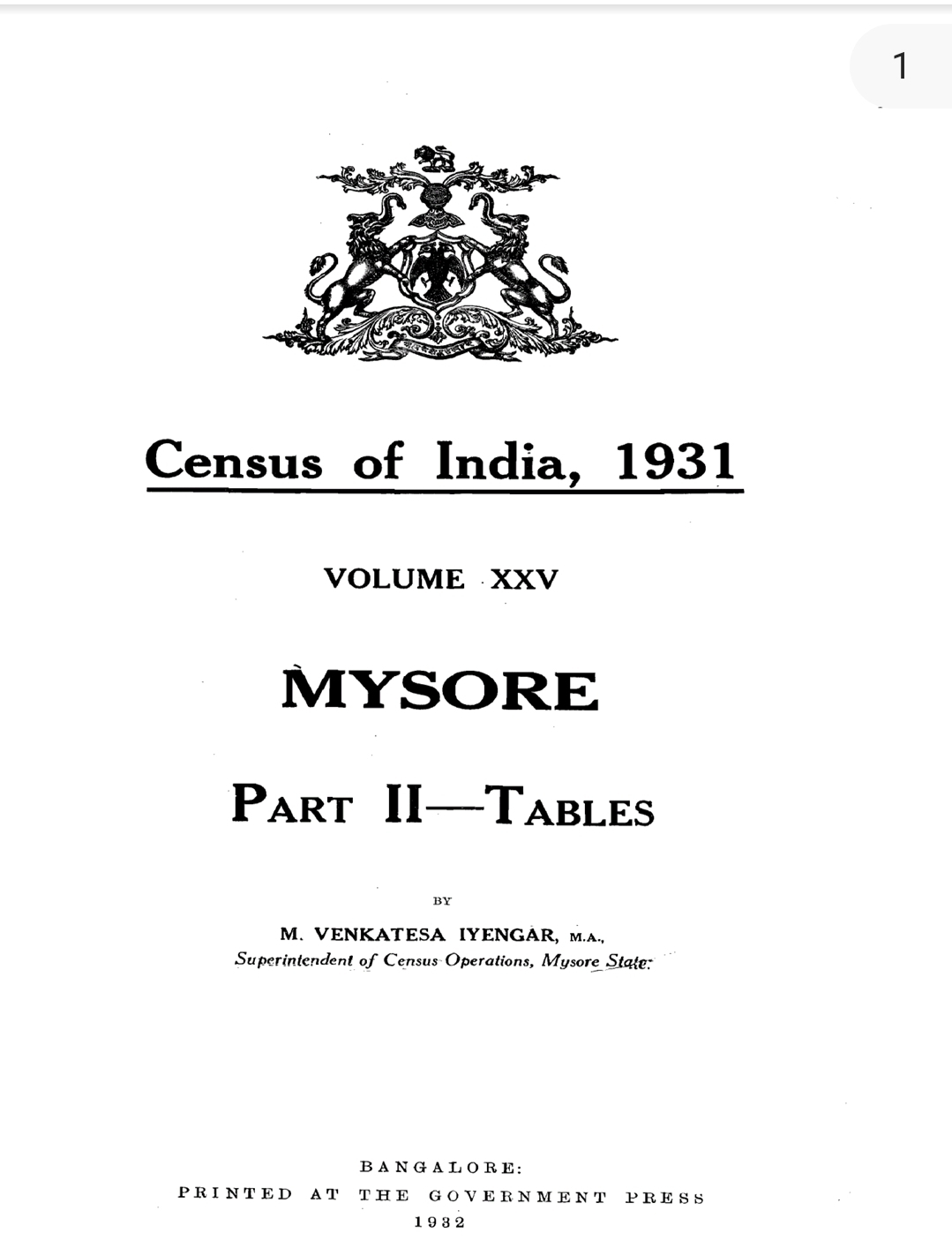Bhartiya Fitness Training 🆚 Modern Hypertrophy Fitness Routines.
Muscle building, particularly in modern fitness culture, often revolves around the concept of muscle tearing. This refers to the process of inducing micro-tears in muscle fibers through intense resistance training, which then leads to muscle repair, growth, and increased strength.
While this concept is central to western contemporary bodybuilding and strength training, it is notably absent in traditional Indian fitness practices. The reasons for this divergence are deeply embedded in Sanatana Dharma cultural, philosophical, and spiritual perspectives on the body, health, and exercise.
Understanding Muscle Tearing and Its Role in Modern Fitness Routines.
In Western fitness regimes, particularly those focused on hypertrophy (muscle growth), the principle of "no pain, no gain" is often emphasized. The idea is that by lifting heavy weights or performing strenuous exercises, the muscle fibers experience micro-tears. During recovery, the body repairs these fibers, making them stronger and larger. This process is seen as essential for anyone looking to build muscle mass and improve physical strength.
This approach, while effective for muscle growth, is also physically demanding and can be accompanied by significant soreness and fatigue. It requires a rigorous cycle of intense workouts, proper nutrition, and sufficient rest for optimal results. This method is widely accepted in Western fitness centres ,where physical prowess and muscular aesthetics are highly valued.
In contrast, traditional Indian fitness practices, which include yoga, Ayurveda, and other spiritual disciplines, do not focus on muscle tearing as a means to build strength. Instead, these practices prioritize balance, harmony, and holistic health, with an emphasis on the mind-body connection.
One of the fundamental principles of yoga, which is deeply rooted in sanatan dharma, which emphasize collective care of all rather than of one's individually.
In the context of physical exercise, it means avoiding harm to the body. Yoga practices are designed to promote flexibility, strength, and endurance through gentle, controlled movements. The focus is on aligning the body and mind, enhancing energy flow,and achieving a state of inner calm and balance.
Ayurveda, the ancient system of medicine from India, emphasizes maintaining balance according to one's Prakriti (individual constitution). It advocates for a lifestyle that promotes overall well-being, rather than extreme physical exertion. Strength and vitality are seen as outcomes of balanced living, proper nutrition, and appropriate exercise, rather than intense physical strain that could disrupt the body's natural equilibrium.
In Sanatan societies, the ultimate goal of life is Moksha, rather than physical perfection or muscular aesthetics. While physical health is important, it is viewed as a means to support one's spiritual practice, rather than an end in itself. Traditional practices like yoga are designed to keep the body healthy and fit, but the emphasis is on inner strength, flexibility, and mental clarity, rather than on building large muscles or achieving a specific body shape.
The holistic approach in Sanatan Dharma integrates the physical, mental, and spiritual aspects of health. Exercises are performed with mindfulness and a focus on Pranayama, which is believed to harmonize the body’s energies. This approach contrasts with the intense, sometimes aggressive methods of muscle building in modern fitness, which can lead to burnout, injury, and imbalance if not carefully managed.
The absence of muscle tearing in traditional Indian fitness practices is largely due to the different priorities and philosophies regarding the body and health.
In these societies:
1.Health is holistic, focusing on balance rather than extreme physical development.
2.Non-violence and self-care, are core principles, discouraging practices that cause harm or excessive strain to the body.
3.Physical exercise is viewed as a support for spiritual practice, not as a primary goal in itself.
4.Longevity and harmony are valued over short-term gains in muscle size or strength.
In essence, while muscle tearing is a recognized and effective method for building muscle mass in modern fitness, it is not aligned with the philosophies and goals of traditional Indian fitness practices. Instead, these practices emphasize sustainable health, balance, and spiritual well-being, viewing the body as a temple to be cared for, rather than as an object to be sculpted through intense physical strain. This holistic approach, deeply rooted in ancient wisdom, continues to guide millions of practitioners in their pursuit of health and spiritual growth.
"Exercise not only changes your body, it changes your mind, your attitude, and your mood."
Follow the Gavi's Touch Of Health And Fitness channel on WhatsApp: https://whatsapp.com/channel/0029Va9TkDq3gvWcFfCywQ2E
#828





Comments
Post a Comment